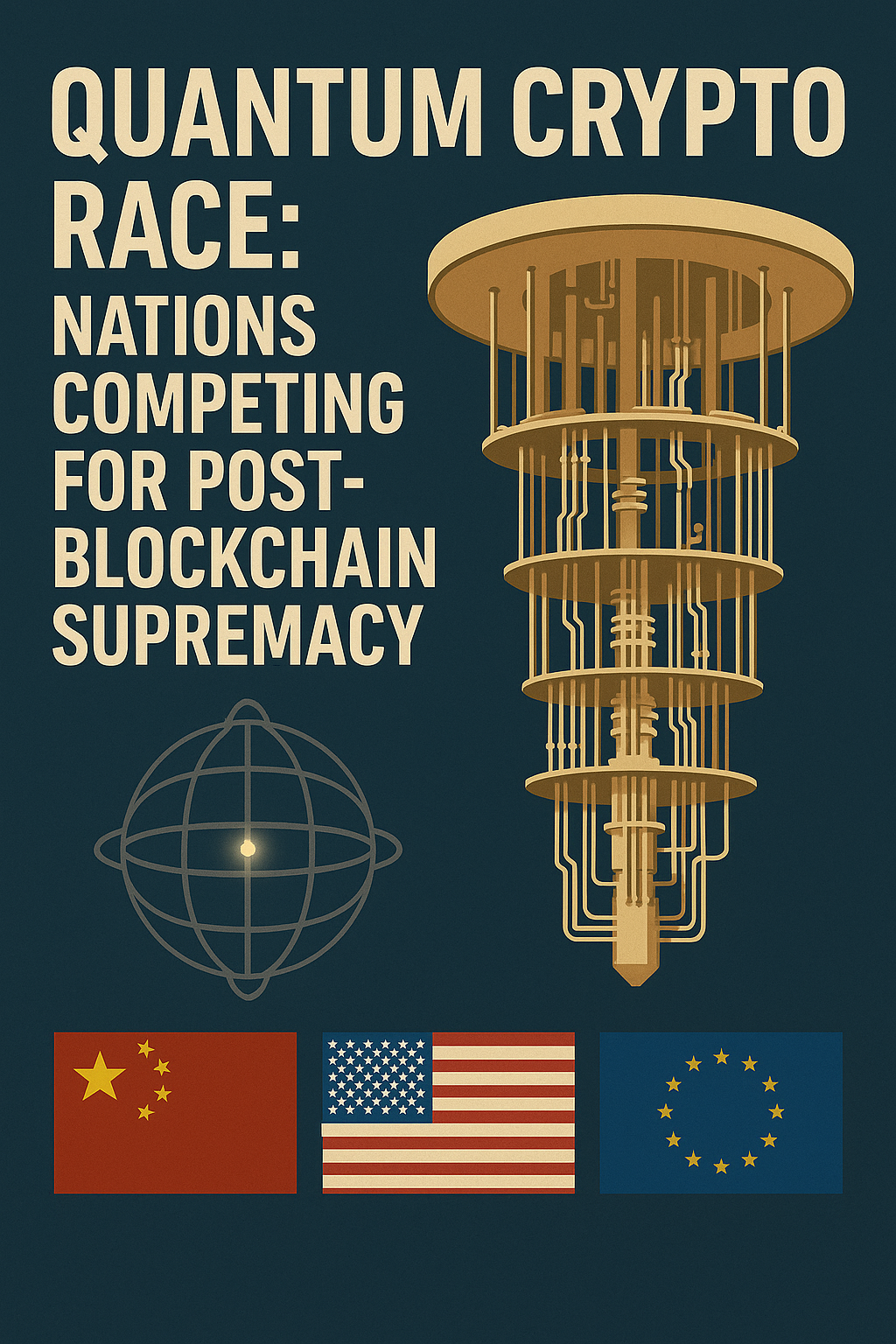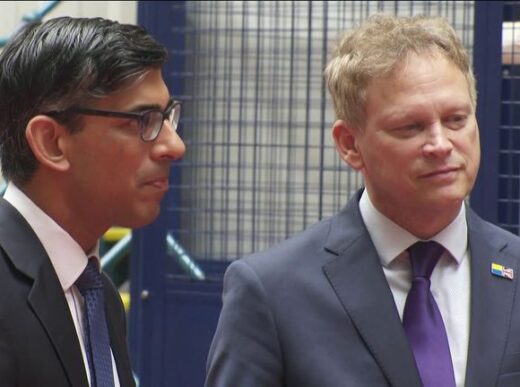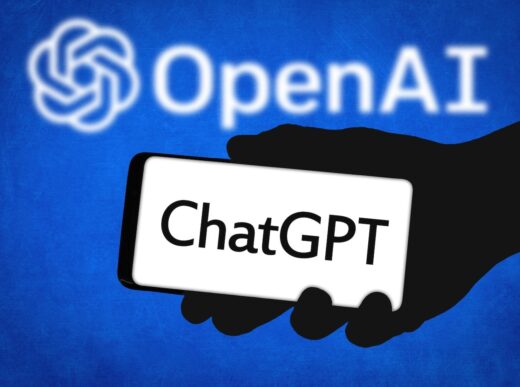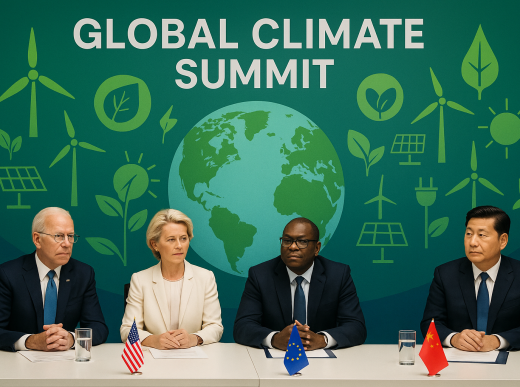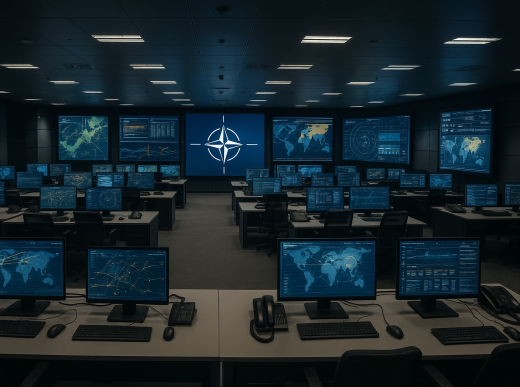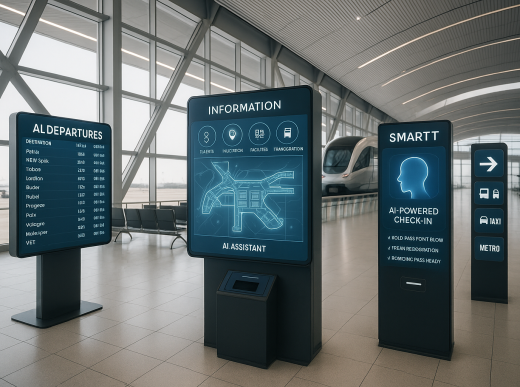Quantum Crypto Race: Inside the Global Push to Build Unbreakable Networks
By: Valentin Saitarli
In the emerging quantum era, data protection is being fundamentally redefined. Traditional public-key encryption, which underpins global digital security, is rapidly becoming obsolete in the face of advancing quantum computing capabilities. The threat is urgent: according to projections by the U.S. National Institute of Standards and technology (NIST), quantum computers capable of breaking RSA-2048 encryption may emerge within the next 5 to 10 years. As a result, governments and corporations are making unprecedented investments in quantum-resistant technologies, particularly Quantum Key Distribution (QKD). And post-quantum cryptography (pqc).
in 2024 alone, over $5.7 billion was allocated globally to quantum communication projects, with china, the european union, and the united states leading the charge. The rationale is simple: whoever controls secure communication in the quantum future will dominate the geopolitical. And economic power structures of the 21st century.
global milestones and investments
china: as of 2025, china has deployed over 4,600 km of terrestrial qkd fiber-optic networks and continues operating the micius quantum satellite. In 2024, it initiated an expansion of its Beijing-Shanghai QKD backbone to over 12 major metropolitan zones.
European Union: The €1 billion EuroQCI project connects all 27 member states with satellite-ground hybrid quantum communication channels. Full coverage is expected by 2027, with pilot programs already active in France, Italy, and Germany.
Therefore, United States: Under the National Quantum Initiative Act (reauthorized in 2023), the U. committed $3. 2 billion to developing a nationwide quantum internet, with testbeds in Chicago, Los Alamos,. And berkeley.
nist is also overseeing the finalization of four post-quantum cryptographic algorithms expected to become the new standard in 2025.
India: India’s National Quantum Mission (NQM), launched in 2023, allocates ₹8,000 crore ($1 billion USD) over five years. By mid-2025, India has achieved 5 successful QKD deployments between government nodes in New Delhi, Mumbai, and Bengaluru.
Japan and South Korea: Joint research agreements between Tokyo Institute of Technology. And kaist have fast-tracked the development of quantum random number generators (qrngs) and qkd for critical infrastructure, especially smart grids and autonomous vehicle networks.
Data-Driven Risk Models and utilize Cases
Quantum cryptography is not only a theoretical exercise—it’s a practical necessity. A recent study from IBM predicts that 60% of encrypted global data will be vulnerable to quantum attacks by 2030 if mitigation is not adopted. The key concern: harvest now, decrypt later operations, in which adversaries store encrypted data today for later decryption using quantum machines.
Industries Under The Greatest Threat
However, Industries under the greatest threat include:
- Finance: 87% of cross-border wire transfers utilize encryption protocols vulnerable to quantum threats (Source: SWIFT, 2025).
- Healthcare: Over 1.2 billion electronic health records globally could be exposed due to insecure data at rest.
- Defense: Satellite command uplinks, encrypted drone signals,. And secure mission briefings are increasingly moving to pqc layers with qkd backbones.
technology stack and barriers
while the theoretical framework of quantum communication is well-established, technical challenges remain:
“Sustainable business growth comes from understanding customer needs and delivering exceptional value.”
Industry Expert
distance limitations: optical qkd is limited to 200 km without quantum repeaters; next-generation quantum repeaters are still under lab development.
Cost: Average deployment of QKD per city-node link is currently estimated at $8–12 million, though prices are declining by ~9% annually (source: Deloitte Quantum Tech Outlook, 2025).
Standardization: PQC algorithms must be interoperable and provably secure across classical and quantum architectures. Interoperability trials began in Q2 2025 across the EU, U.
S. , and Japan.
New cryptographic primitives like CRYSTALS-Kyber and CRYSTALS-Dilithium have emerged as leading candidates in NIST’s post-quantum standardization. As these are integrated into browsers, VPNs, and cloud platforms, the global internet infrastructure will undergo its most significant cryptographic overhaul. Since the invention of ssl in 1995.
Geopolitical Stakes
The first nation to secure its digital communications against quantum threats will command not only technical superiority. But also enhanced negotiating power in multilateral diplomacy. This is not merely about science—it is about sovereignty.
Cyber Defense Simulations Run By
Cyber defense simulations run by NATO in 2024 suggest that a single undetected breach of quantum-vulnerable systems in the defense. Or financial sectors could result in estimated economic losses exceeding $180 billion globally within a 48-hour period.
moreover, alliances are forming. The Quantum Security Coalition—comprised of the U.S., U.K., Japan, Australia, and Canada—was formalized in early 2025 to develop secure-by-design standards. And defend against coordinated cyber-quantum operations from state actors.
conclusion: a quantum leap forward
the world is approaching a critical inflection point. Quantum computing threatens to unravel decades of digital security architecture, but it also provides a new frontier for innovation. By embracing QKD, PQC, and next-gen cryptographic infrastructure, governments and institutions can future-proof the confidentiality of their systems. And citizens’ data.
2025 is shaping up to be the decisive year in the global quantum crypto race. The nations that adapt today will not only protect their secrets. But define the standards of tomorrow’s internet.
additionally, stay informed with comprehensive news analysis and expert insights.
Stay updated with the latest news and insights on PRAI News, your trusted source for breaking news, business updates, and technology developments.
